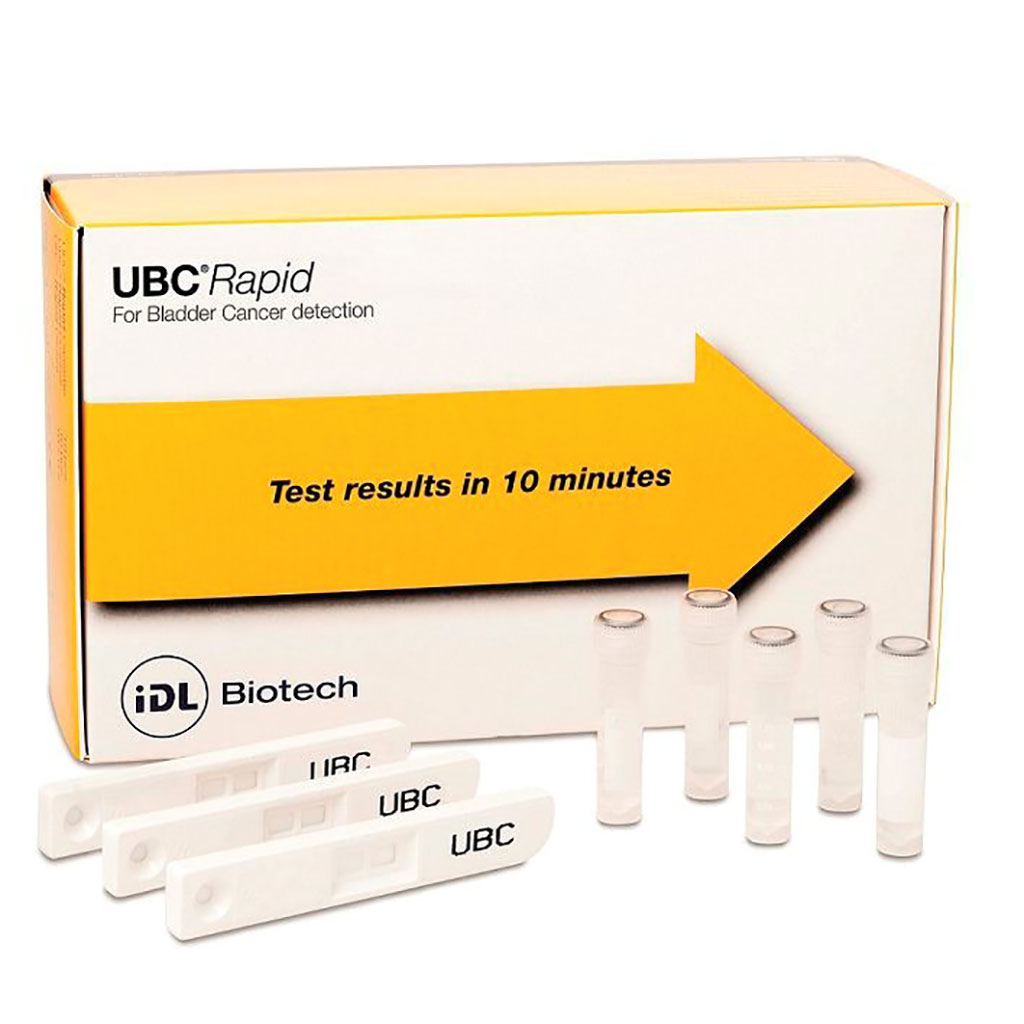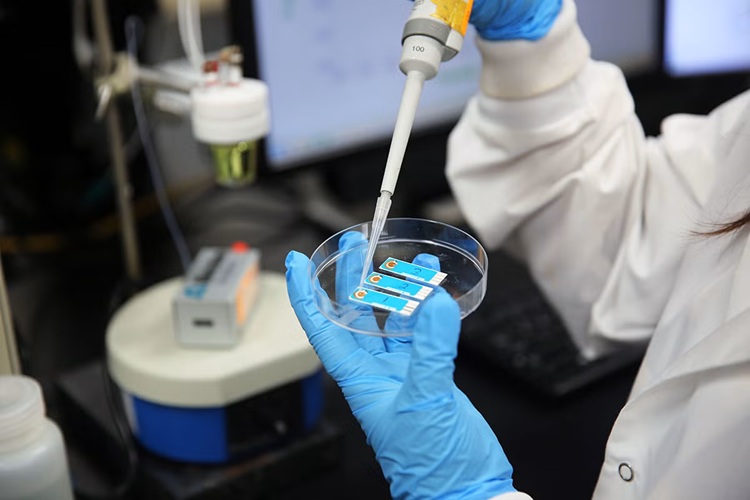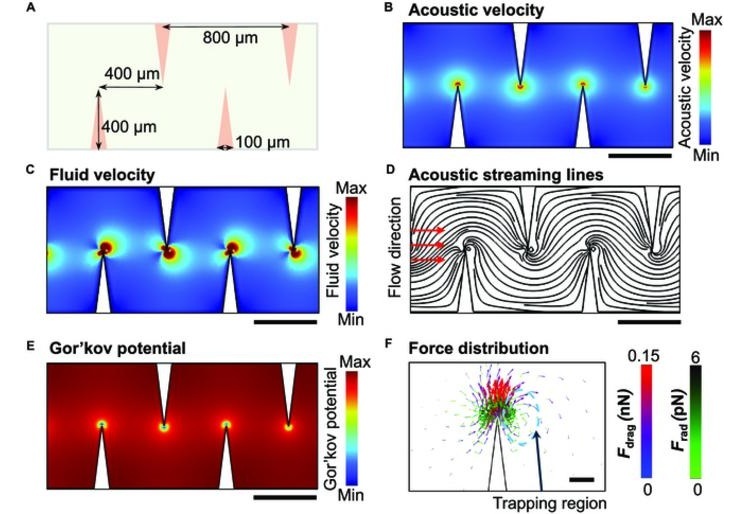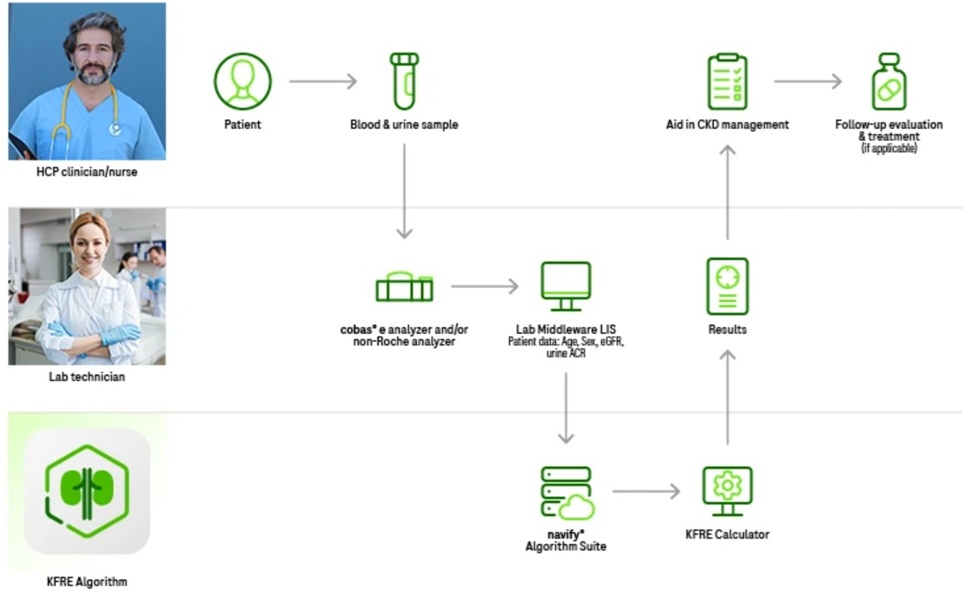Nomograms Including Rapid Antigen Test Detects Primary Bladder Cancer
By LabMedica International staff writers
Posted on 04 Jan 2022
Urinary bladder cancer (BC) is the tenth most prevalent cancer affecting mainly the elderly and men. The suspicion of BC often arises after the detection of microscopic or macroscopic (gross) hematuria during a patient’s examination.Posted on 04 Jan 2022
An accurate urinary marker for BC could be valuable in identifying high-risk patients and reducing the number of control cystoscopies. The broad spectrum of point-of-care (POC) urinary analysis tests currently available facilitates the rapid, non-invasive, and cost-efficient determination of urinary markers, but have a high rate of false positives.

Image: The UBC Rapid is a qualitative test to detect cytokeratin fragments 8 and 18 in urine for bladder cancer detection (Photo courtesy of IDL Biotech)
A large international team of Urologists and their colleagues led by those at the Charité - Universitätsmedizin Berlin (Berlin, Germany) analyzed data from 1,787 patients from 13 participating centers tested between 2012 and 2020, including 763 patients with BC. Urine samples were analyzed with the UBC Rapid Test ((IDL Biotech, Bromma, Sweden). The results were quantified by the Concile Ω 100 POC reader (Concile, Freiburg, Germany).
The nomograms were developed using data from 320 patients and externally validated using data from 274 patients. The diagnostic accuracy of the UBC Rapid Test was evaluated using receiver operating characteristics analysis. Brier scores and calibration curves were chosen for validation. Biopsy-proven BC was predicted using multivariate logistic regression.
The investigators reported that the sensitivity, specificity, and area under the curve for the UBC Rapid Test were 46.4%, 75.5%, and 0.61 for low-grade (LG-) BC, and 70.5%, 75.5%, and 0.73 for high-grade (HG-) BC, respectively. Age, UBC Rapid Test results, smoking status, and hematuria were identified as independent predictors of primary BC. After external validation, nomograms based on these predictors resulted in an area under the curve of 0.79 and 0.95 in predicting LG-BC and HG-BC, respectively, showing excellent calibration associated with a higher net benefit than the UBC Rapid Test alone for low and medium risk levels in decision curve analysis.
The authors concluded that the UBC Rapid Test alone has limited clinical utility for predicting the presence of BC. However, its combined use with BC risk factors including age, smoking status, and hematuria provides a fast, highly accurate, and non-invasive tool for screening patients for primary LG-BC and especially primary HG-BC. The study was published on December 20, 2021 in the British Journal of Urology.
Related Links:
Charité - Universitätsmedizin Berlin
IDL Biotech
Concile









 assay.jpg)




